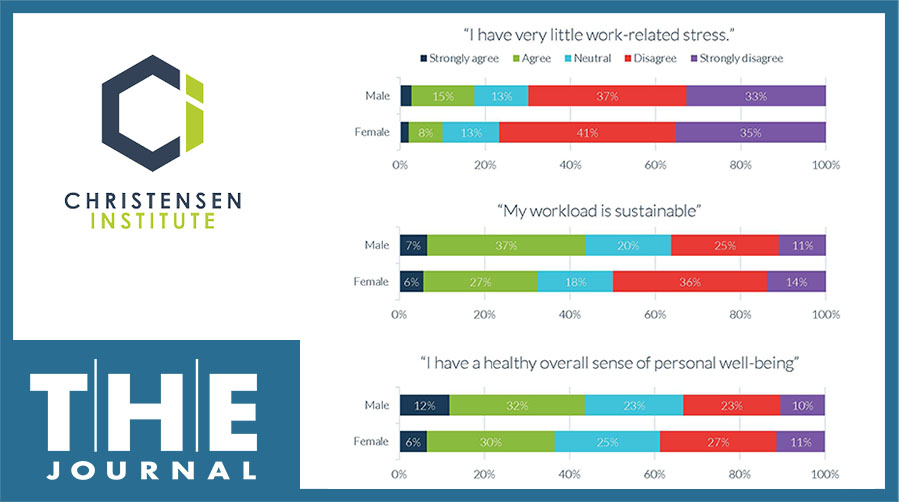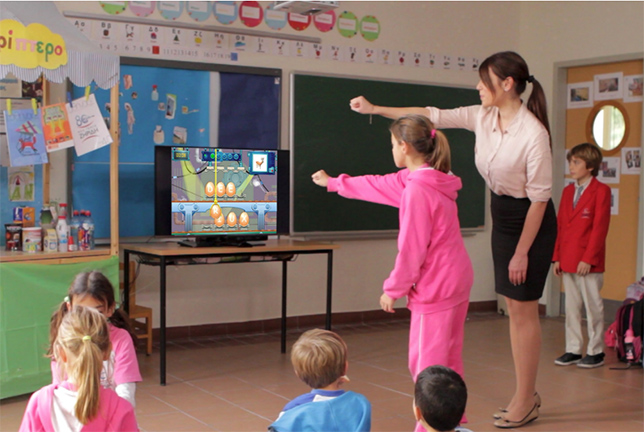
New educator survey data from the Christensen Institute released today offers insights into how K–12 teachers are faring, the technology they’re still relying on most, and how the pandemic continues to influence their instructional methods and tools, even with 97% of teachers back to in-person learning.
An educator and developer of a summer math program called ST Math Immersion explains how a shift in focus away from student deficits and toward the existing strengths they can build upon is central to the asset-based learning approach — and a great way to help students develop confidence, persistence, and a growth mindset.
A library media specialist shares tips to help educators give families attainable goals and simple steps to boost their students' reading skills over the summer and avoid learning loss while school's out.
Savvas Learning Company has added interactive reading resources to its K–5 core curriculum platform myView Literacy, the company announced today, injecting Science of Reading research in an effort to boost the platform’s impact on student reading achievement.
The opposing sides in the “reading wars” tend to advocate for the use of curricula that’s based either on the Science of Reading or on Balanced Literacy, but it does not have to be an "either/or" situation; a literacy expert from Read Naturally suggests integrating components of the Science of Reading into a Balanced Literacy program to provide students with the support they need.

With so many programs, devices, and technologies to choose from, educators and K-12 decision-makers should prioritize these two things when making ed tech decisions: Interaction to increase motivation and engagement among students, and data analytics to make teachers' lives easier and make public schools more efficient.
A Michigan school district is being held legally accountable for the tragic shooting that took place at its Oxford High School last year, marking an undeniable shift in liability when it comes to school shootings — signaling a shift that school districts can be held responsible for acts of violence on campuses, regardless of whether they had the right technology and protocols in place to help staff identify warning signs and take appropriate preventative action.
Texthelp CEO Martin McKay dives into the growing need for assistive technology, explaining what such features schools should look for when choosing learning platforms, and how accessibility tech tools help all learners — not just the one student in five with a language-based disability.
Online student therapy provider PresenceLearning announced this week it is expanding its library of content for children with special needs, thanks to a new partnership with kids’ magazine Highlights.
An NWEA study of current research examining K–8 student progress during a typical school year and over the summer reveals that historically underserved groups suffer most when school is out for summer break, emphasizing the importance of summer learning programs in overcoming inequitable achievement gaps, the nonprofit said in a news release.